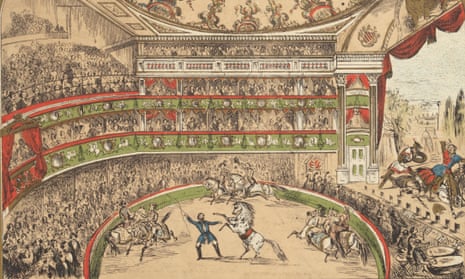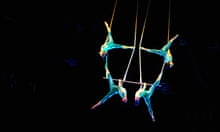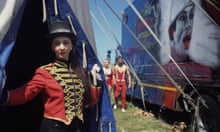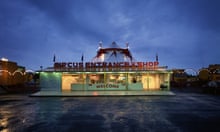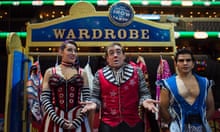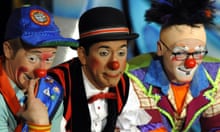The 250-year history of circus would have been very different if a man from Newcastle-under-Lyme had got on better with his father, and been happy to become an apprentice cabinet maker.
Now an outdoor photography exhibition in the town will celebrate the local hero Philip Astley, who in 1768 drew a 13 metre (42ft) diameter ring on the ground and filled it with men and women standing on the backs of cantering horses plus clowns, jugglers and other marvels – the modern circus was born.
“He was absolutely mad about horses from a boy, and the story goes that one day after a final bitter row he ran away from his father’s workshop, and bumped into a recruiting gang in the street shouting ‘roll up, roll up, join Colonel Elliot’s Light Dragoons cavalry regiment’ and joined up on the spot,” said Cathy Haill, a curator at the V&A who has helped choose items for the exhibition from the museum’s enormous circus archives.
“He proved an outstanding horseman in the regiment, and took his beloved Gibraltar as a gift when he left – a big horse. Astley was a giant of a man for his day, 6ft tall and heavily built, not an optimum size for an equestrian,” Haill said.
“His feats were astonishing, and for all the brilliance of modern performers, I don’t think I’ve ever seen them equalled in a circus today.”
The exhibition, which opens this week, is one of hundreds of events celebrating the 250th anniversary of an art form born in the UK and now found worldwide.
Although Haill and other circus historians believe that Astley, born in 1742, was not the first to create a circus ring, he was the first to add other performers to hugely popular trick-riding demonstrations, and helped standardise the size of ring for a cantering horse.
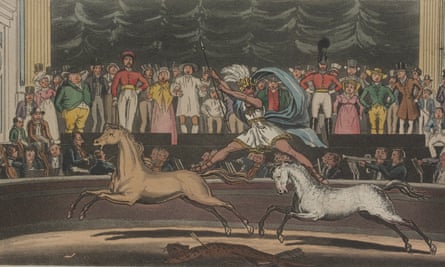
There is no known image of Astley’s first ring, a crude enclosure on a patch of land now under London Waterloo station, known as Glover’s Ha’penny Hatch, where he taught riding in the morning and staged shows in the afternoon.
In 1769 he leased a better plot just at the foot of Westminster Bridge, and the exhibition includes the earliest image of his open-air ring and three-tier stand of covered seating for spectators, with the signs outside promising not just troops of riders but a man and a dog performing on a tightrope.
He went on to build wooden circus amphitheatres all over the UK, and in Ireland and France, earning the nickname “Amphi-Philip”. But the finances of mounting elaborate shows were perilous, especially when a series of fires – one sparked by stored fireworks – destroyed his later roofed buildings with their scenery and decorations as grand as any opera house and visited by celebrities including Charles Dickens. Astley died and was buried in Paris in 1814.
The exhibition in his hometown has been created with the New Vic theatre, which is producing a series of circus events all year including a new play, Astley’s Astounding Adventures, that opens in July.
